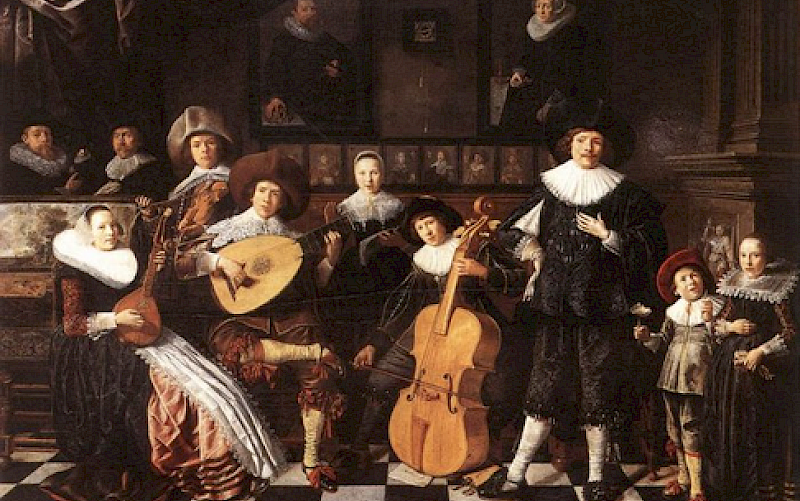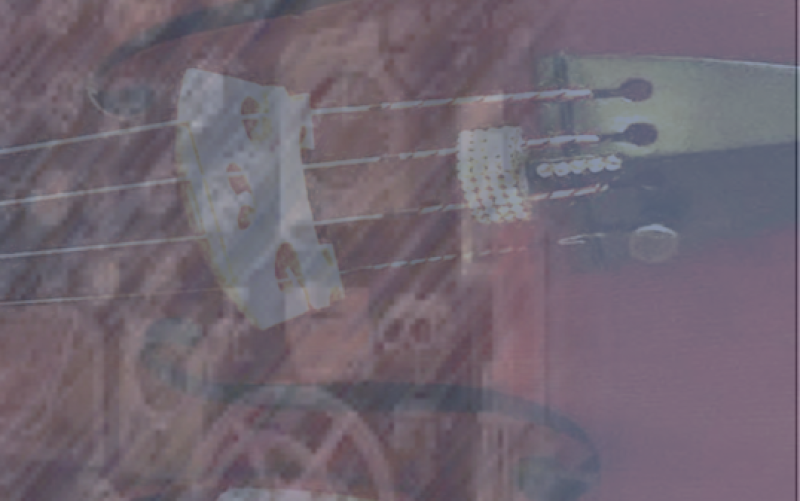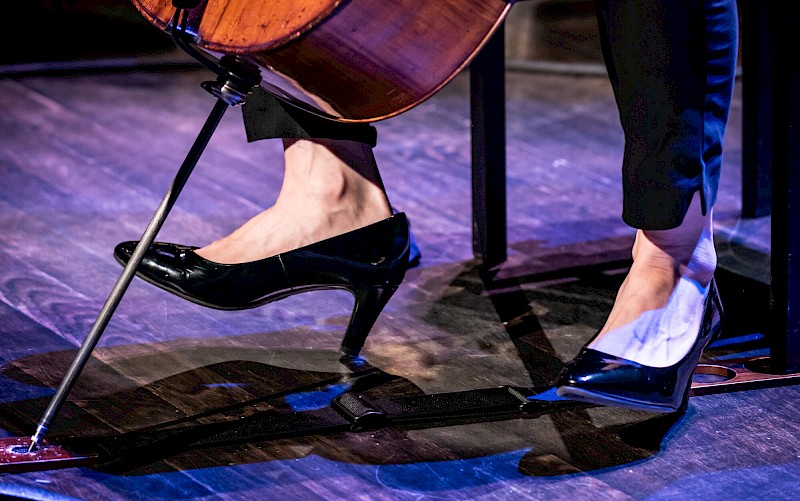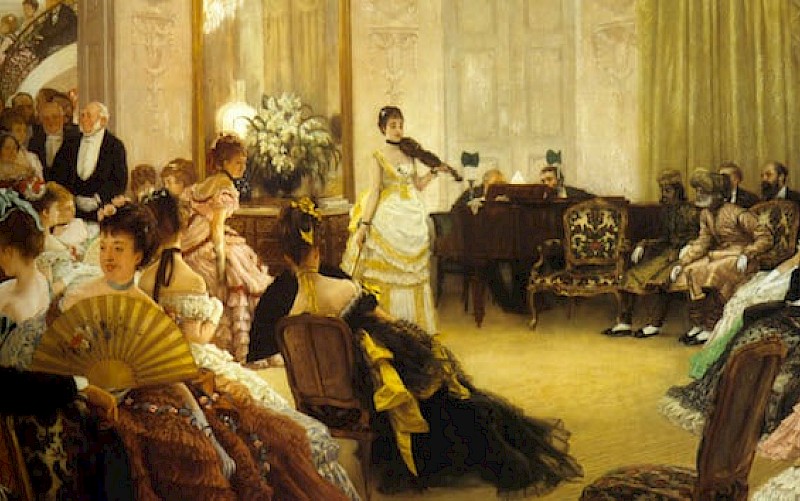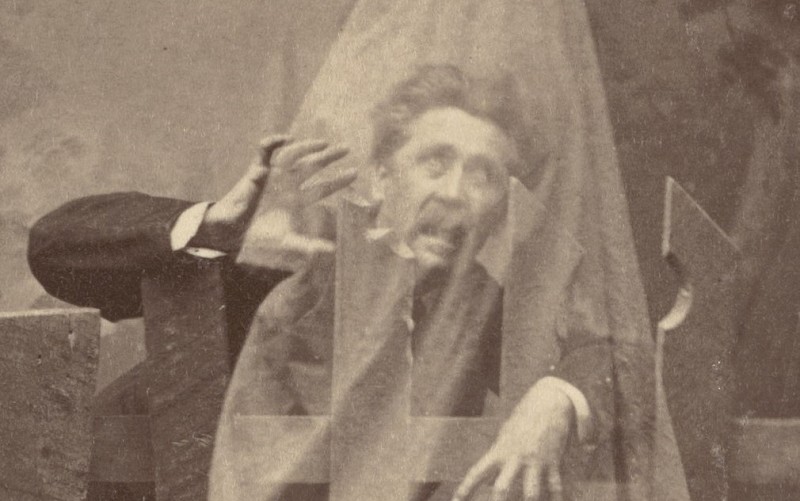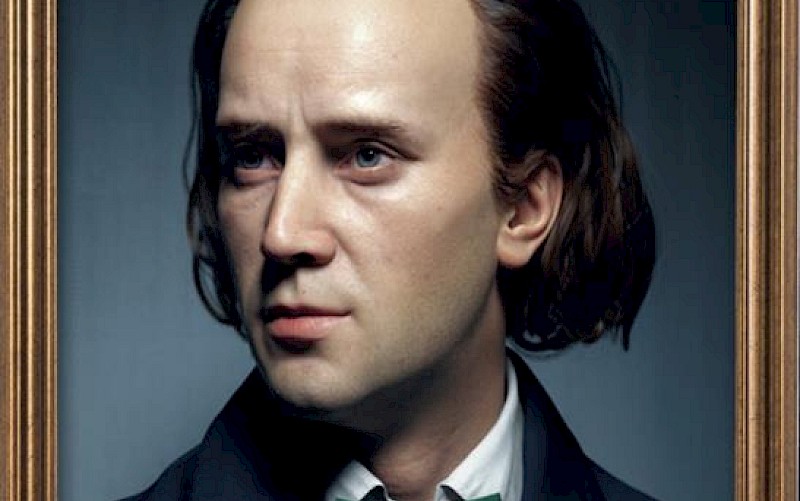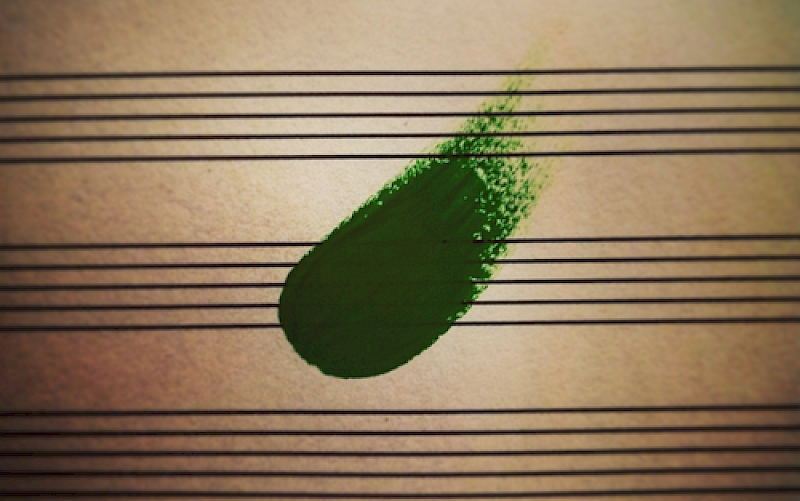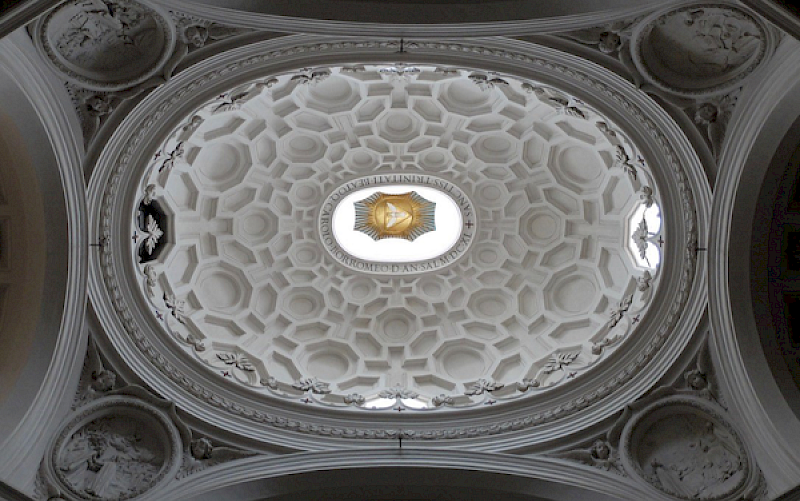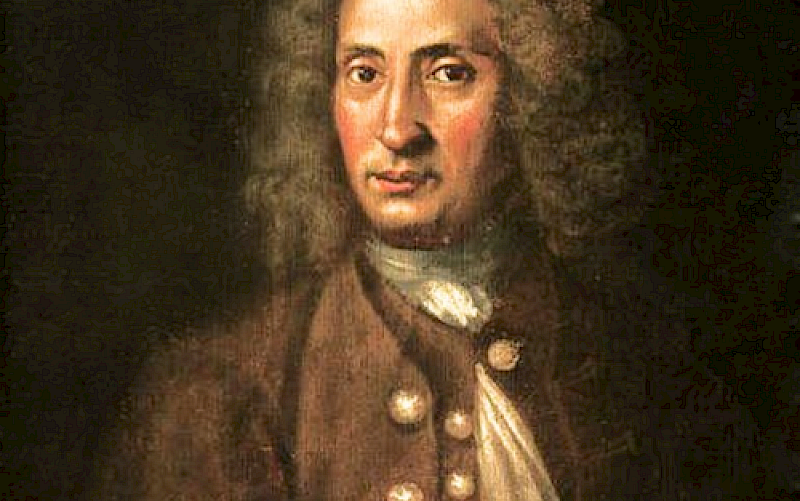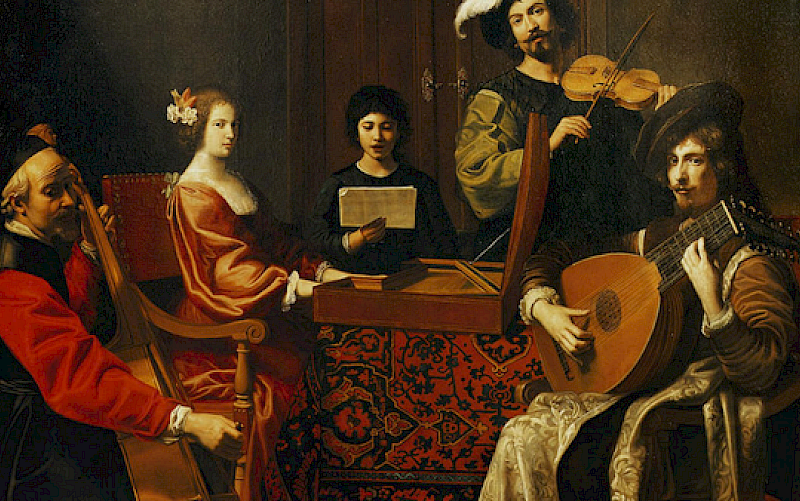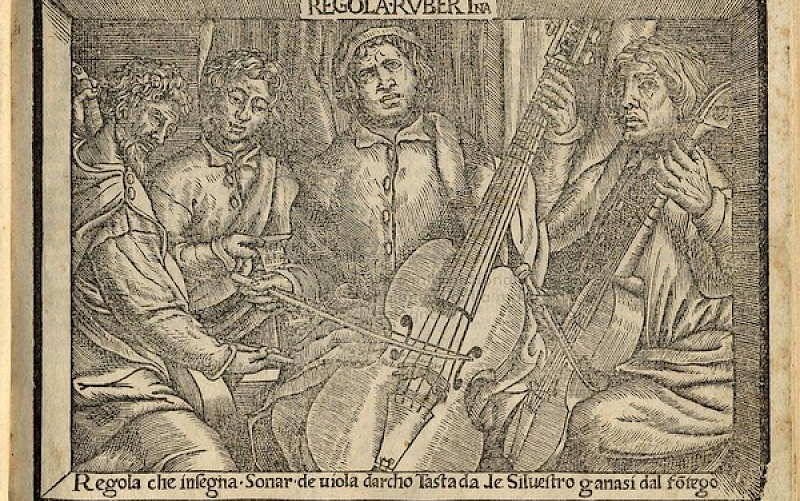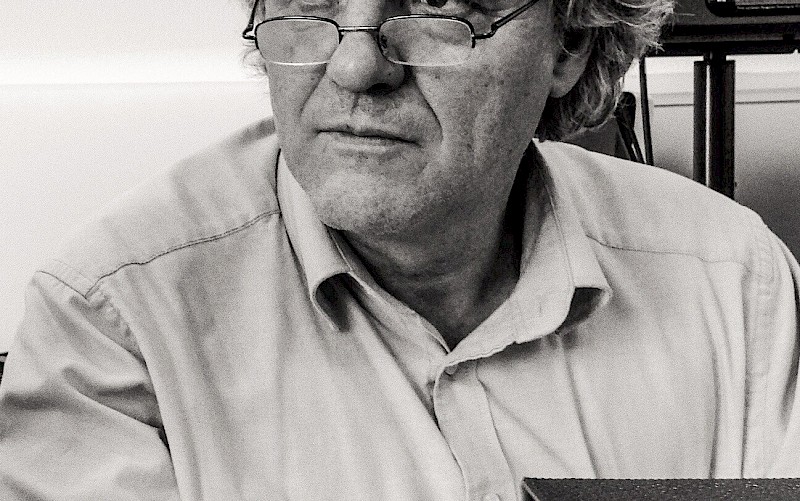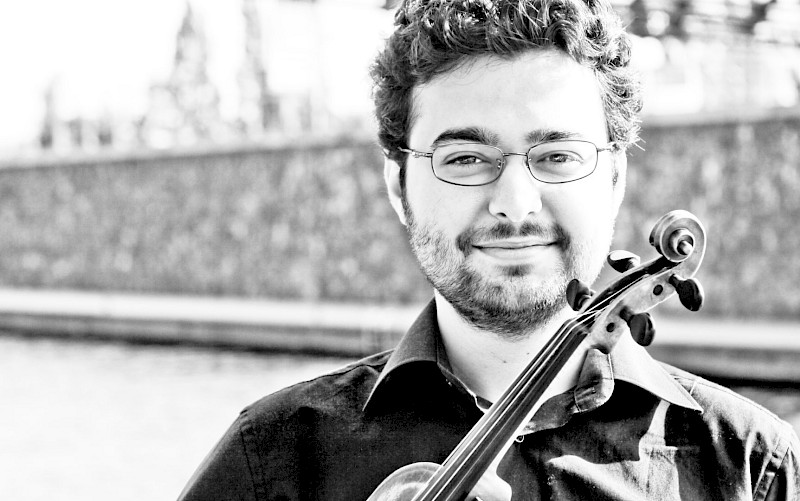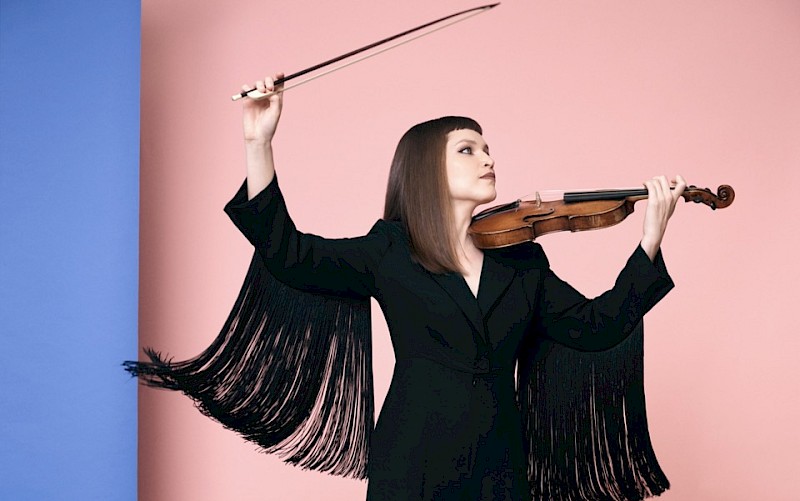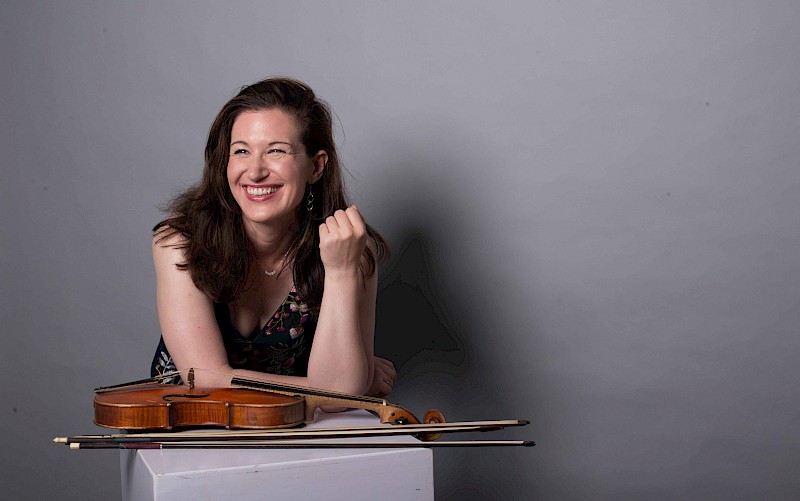Adrien-François Servais’s contribution to the evolution of the cello technique
Student name and number: Aurore Montaulieu, 3048780 Main subject: Cello Research supervisor: Dr. Anna Scott Research Paper Title: How Adrien-François Servais (1807-1866) Improved the Cello Technique During the 19th Century Research Question: With particular focus on his scores, how did Adrien-François Servais advance cello technique in the middle of the 19th century, and with what implications for modern performers? Summary of Results: Widely considered to have been the 'Paganini of the Cello,' Adrien-François Servais (1807 - 1866) was one of the most famous cellists of the 19th century, and is best known today for his 6 Caprices Op. 11. Many modern performers however are unaware of Servais’s numerous and important contributions to the history of cello construction, playing style, and technique. After a brief overview of notable cellists (including Duport, Romberg, and Dotzauer) and playing techniques (including vibrato, portamento, and bow-holds) that coexisted at the beginning of the 19th century, this research paper goes on to examine Servais’s life and work as an independent concert artist. While Servais did not leave behind any methods or treatises, a close study of contemporaneous accounts of his playing style, technique, instrument preferences, concert programs, and his association with many of the leading composers of his day reveals his enduring contributions to the rise of the cello as a vehicle for the new Romantic virtuoso style. Most notable among these contributions were his standardization of the use of the endpin, his wide-ranging and successful career as a touring performer, and the invaluable impression he left on the younger generation of cellist-composers (including Davidov and Popper). It is however an in-depth analysis of his Fantaisie 'Souvenir de Saint-Pétersbourg' Op. 15 that ultimately reveals the most revolutionary and innovative aspects of his technique and playing style: from his fingering, shifting, and use of harmonics, to his bowing, phrasing, articulation, arpeggiation, use of thumb position, and extroverted approach - elements that have all gone on to form the basis of modern cello playing. During my presentation I intend to provide an overview of these findings, and to demonstrate evidence of Servais's technical and stylistic achievements as revealed by his Fantaisie Op. 15 on my own instrument. Biography: Aurore Montaulieu is a French cellist. Born in Cannes, she started her musical studies at the age of 4. In 2012, she graduated with her Bachelors degree from the Pôle Supérieur of Paris-Boulogne-Billancourt in Hélène Dautry’s class. Aurore is currently in the Orchestra Masters program at the Royal Conservatory of The Hague in Michel Strauss and Jan-Ype Nota’s class. She has had the opportunity to receive guidance from great musicians such as F. Helmerson, G. Hoffman, P. Wispelway and D. Geringas. In 2012, she joined the Orchestre de Paris’s Academy and is a member of the Gustav Mahler JugendOrchester since 2014. Aurore Montaulieu plays a Roberto Masini cello built for her in 2010.
